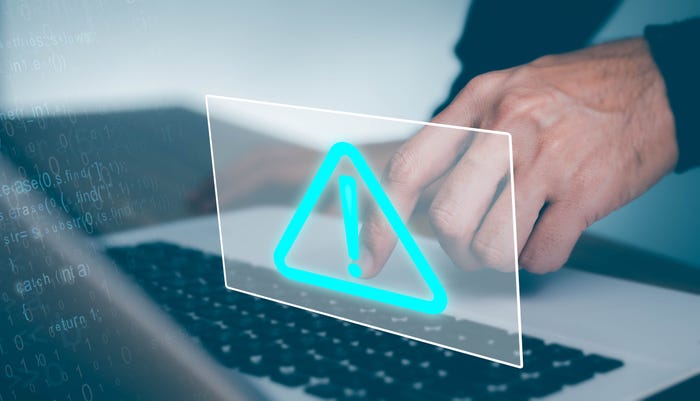Concepts like Industry 4.0 and the Industrial Internet are trendy now, but Siemens has been integrating AI into industrial machines since before it was cool.
June 3, 2017

By Dan Yarmoluk
You may think of German industrial powerhouse Siemens as being primarily a machine builder, but the company has a range of digital offerings that span throughout the entire value chain in manufacturing. From product development, production engineering, and production execution, the company offers a consistent data model across all levels of manufacturing, thanks to its product lifecycle management, digital twin software, and MindSphere IoT platform.
IoTI.com Content Director Brian Buntz wrote recently about the resources Siemens is throwing at software, and while that’s significant, I’m more interested in Siemens’ AI and machine learning work. Michael May, Ph.D., the company’s head of technology field business analytics and monitoring, told me at Hannover Messe that the corporation has been working on AI projects for decades. For instance, more than 20 years ago, Siemens implemented neural networks in more than 30 steel plants to monitor and improve quality, process, and efficiencies. The company also has substantial experience in using AI to calculate the remaining useful life of gas turbines. In addition, the company has used root cause analysis on the CERN Hadron Collider to prevent failures and maximize uptime.
For the past decade, Siemens’ AI efforts have been focused on improving control of industrial processes using deep learning and reinforcement learning. The company has won more than 50 patents focusing on optimizing complex industrial systems. This deep-learning research began with a mathematical proof that any dynamic system can be modeled with deep-recurring neural networks. An example of this technology is Siemens’ “self-optimizing” gas turbines that leverage reinforcement learning.
This branch of AI begins by learning from past behavior of a machine using hundreds of sensors with actions applied to control parameters. Deep-learning algorithms learn to simulate a device’s behavior by performing various actions and then monitor how the system responds to them. Over time, the system becomes more sophisticated at understanding and simulating that behavior. This capacity enables you to ask new questions like: What happens if I put the parameter in a state that has not been observed before? Industrial companies can then use data from operations to adapt and optimize a control policy and ultimately simulate entirely new behavior in a simulated environment. You can extend the classical control loop with a machine-learning loop using neural networks, making it dynamic and thus creating a new control policy.
As machine learning exploits available data to create new simulations previously unseen through reinforcement learning, it can provide a “digital reward” when the desired outcome occurs or hand out a “digital punishment” when something undesirable happens.
While companies based in Silicon Valley hop on the AI and machine learning bandwagon promise to tailor their algorithms to work in industrial settings, Siemens’ AI work has produced such machines with baked-in intelligence for decades.
You May Also Like

.png?width=700&auto=webp&quality=80&disable=upscale)

.png?width=300&auto=webp&quality=80&disable=upscale)


.png?width=300&auto=webp&quality=80&disable=upscale)